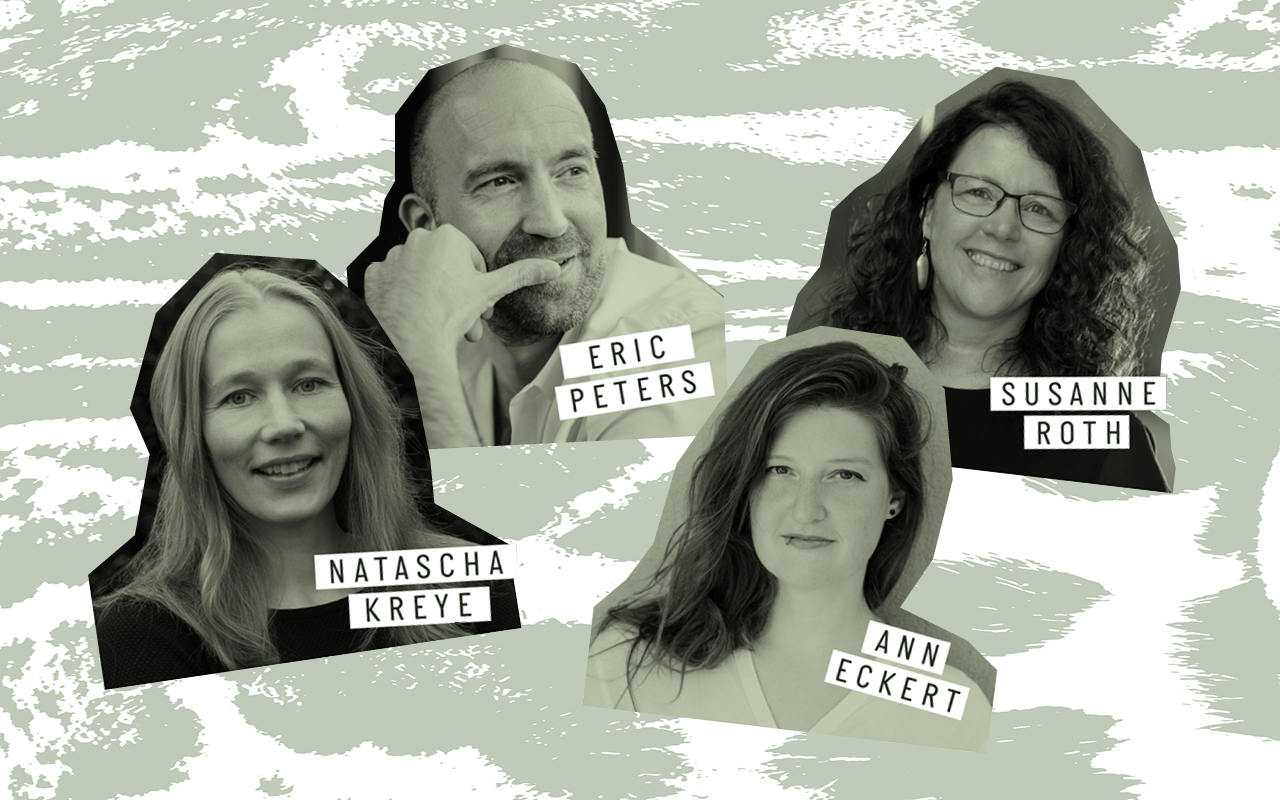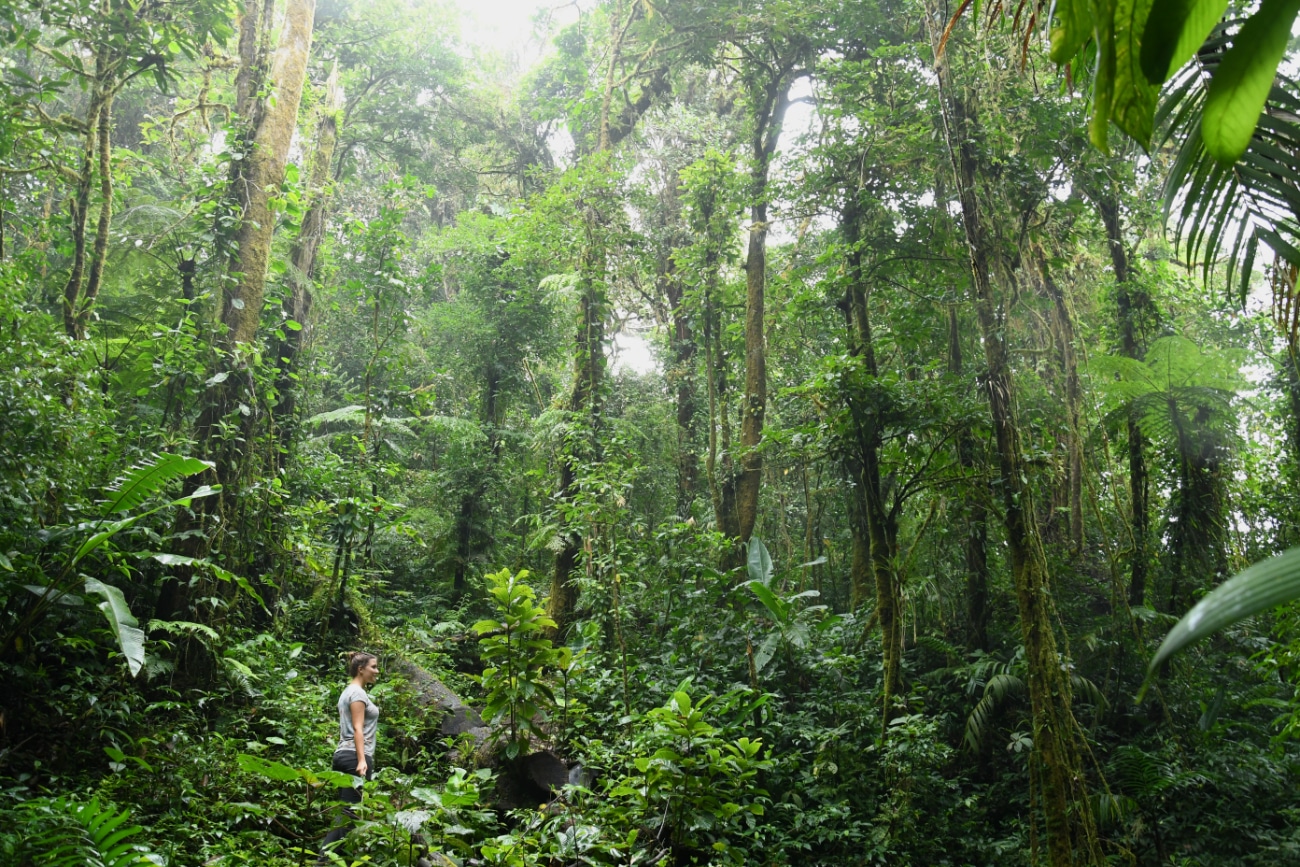
The Last Third of The Rainforest
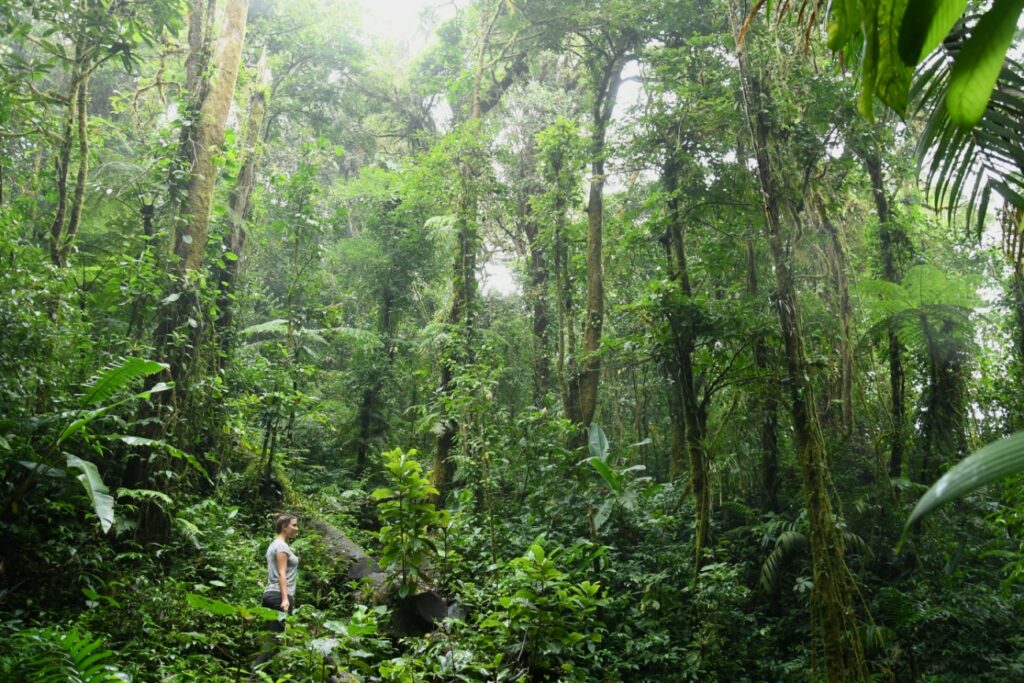
According to a study, around two-thirds of the original tropical rainforest has been destroyed or at least thinned out by humans. The last third of the rainforest is what we have left with.
This month, the non-profit organization Rainforest Foundation Norway published the “State of the Tropical Rainforest Report”. The report analyzes data from 73 countries and shows that 34 percent of old-growth tropical rainforests have been destroyed. Another 30 percent have been thinned, meaning either cut down in parts or destroyed entirely and then replanted. Initially, planting new trees sounds like a step in the right direction. However, Anders Krogh, the author of the study, points out that the thinned-out or completely new forests can fall victim to fires more easily than the old ones.

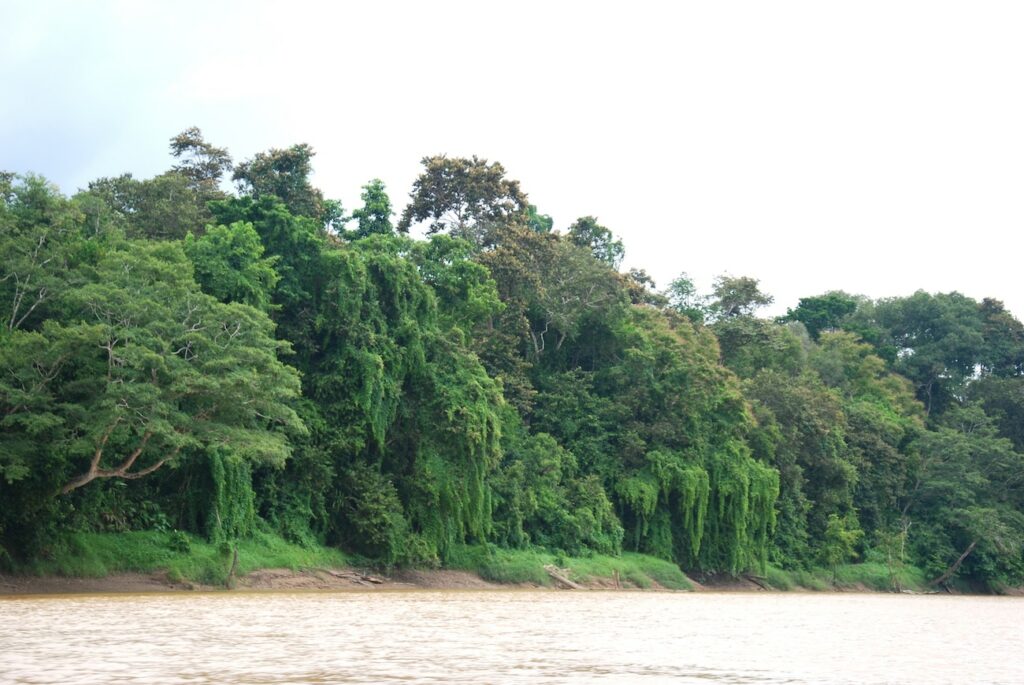
The 3 hotspots of rainforest destruction
Although rainforests now cover only about three percent of our entire planet, more than half of all animal species live here. Instead of protecting this amazing habitat, today on “Forest Day” we are faced with a sad ranking of the most degraded regions:
Rank 1 - The Amazon region in South America:
Since 2002, more than half of the world’s rainforest destruction has taken place here. Above all, the expansion of agriculture and mining led to deforestation. The trend has recently been exacerbated by the policies of Brazilian President Jair Bolsonaro.
Rank 2 - The islands in Southeast Asia:
Especially in Indonesia, but also in neighboring countries, forests have to make way for palm oil plantations to a large extent. These do not provide enough food for the native biodiversity and fragment the habitat of rare animals.
Rank 3 - the Congo Basin in Central Africa:
The homes of gorillas and forest elephants, as well as thousands of other species, are threatened by illegal or unsustainable logging.
The prospects for biodiversity are not good, and the chances in the fight against climate change are also worsening. The more rainforest is destroyed, the more difficult it will be for the existing forests to survive. After all, the rainforest is an important carbon dioxide reservoir and thus stabilizes the earth’s climate.
Our decisions for the forest
Of course, political changes are important to help the stabilizer of our climate, and the economy must also follow suit. But we can also start directly with our own behavior. Our choices, whether at the supermarket shelf or the gas station, set the course for protecting our forests. Less meat, more organic quality, avoiding products with palm oil or paying attention to sustainable cultivation – these steps lead to more conscious consumption and turn the cash register receipt into a voting slip.
From the rainforest to the classroom
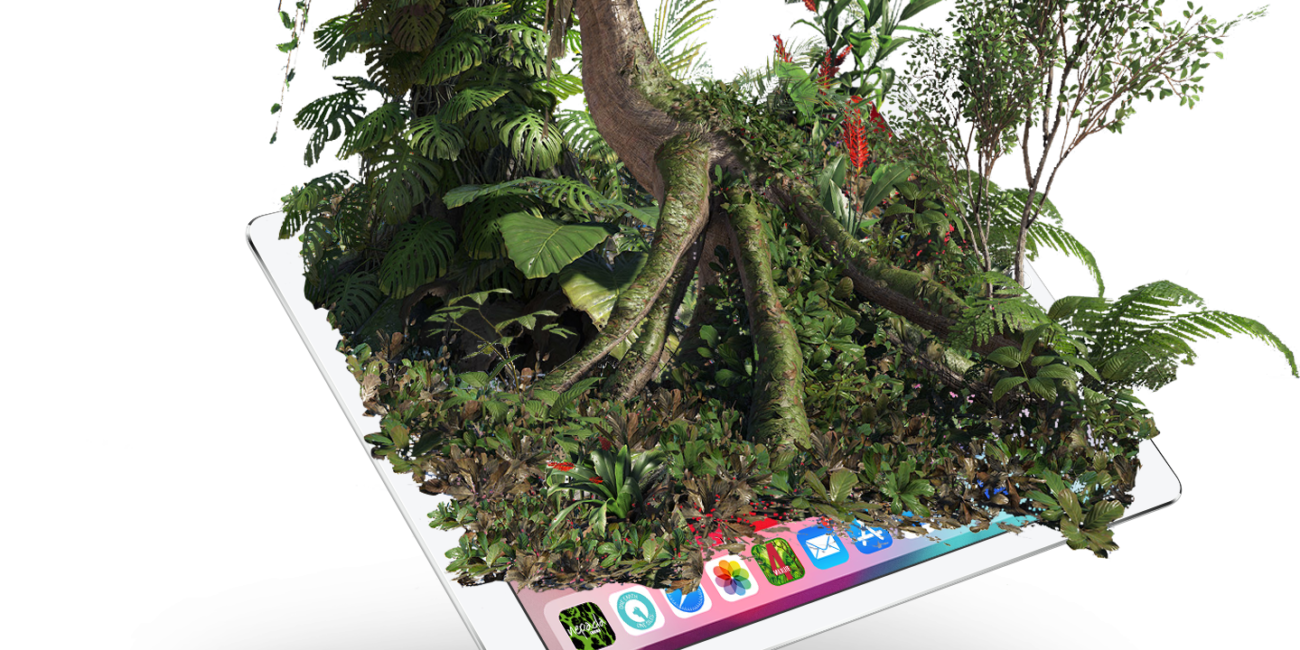
It is equally important to get the young generation excited about this last third of the rainforest. With 4Wildlife, we want to bring the topic to school in a quite different way. Quite differently, because we can bring a complete kapok tree from Guatemala into the middle of the classroom or home with augmented reality. Children and young people thus have the opportunity to explore the kapok tree and its cane structure from all possible angles and get to know its inhabitants better. At the same time, veterinarian Hannah Emde shares her experiences with the students, making the habitat worth protecting even more tangible.
Tip: You can also find the videos on the Nepada Wildlife YouTube channel – for example, threat factors for the rainforest.
Tip: You can also find the videos on the Nepada Wildlife YouTube channel – for example, threat factors for the rainforest.
You may also like
Borneo Gibbon – Last of its kind?
How 48 hours with a two-month-old baby gibbon, no bigger than my forearm, in the jungles of Borneo t
Borneo Gibbon Aid
A lot has happened since our last post on this topic. Perhaps you remember how Hannah found a gibbon
Team Nepada Wildlife – Part 2
The Nepada Wildlife e.V. team show continues. Now with the members who provide creative texts, image





